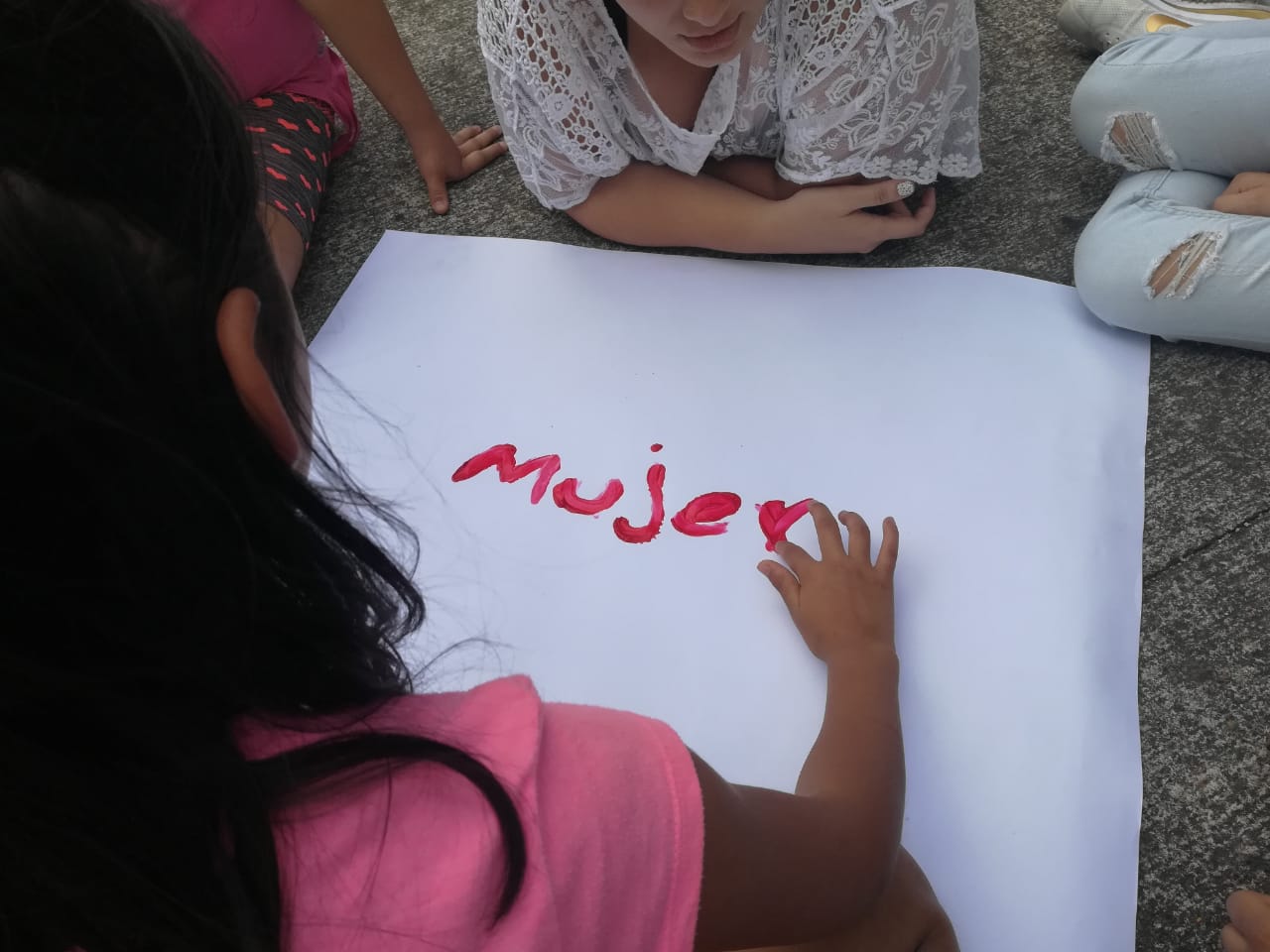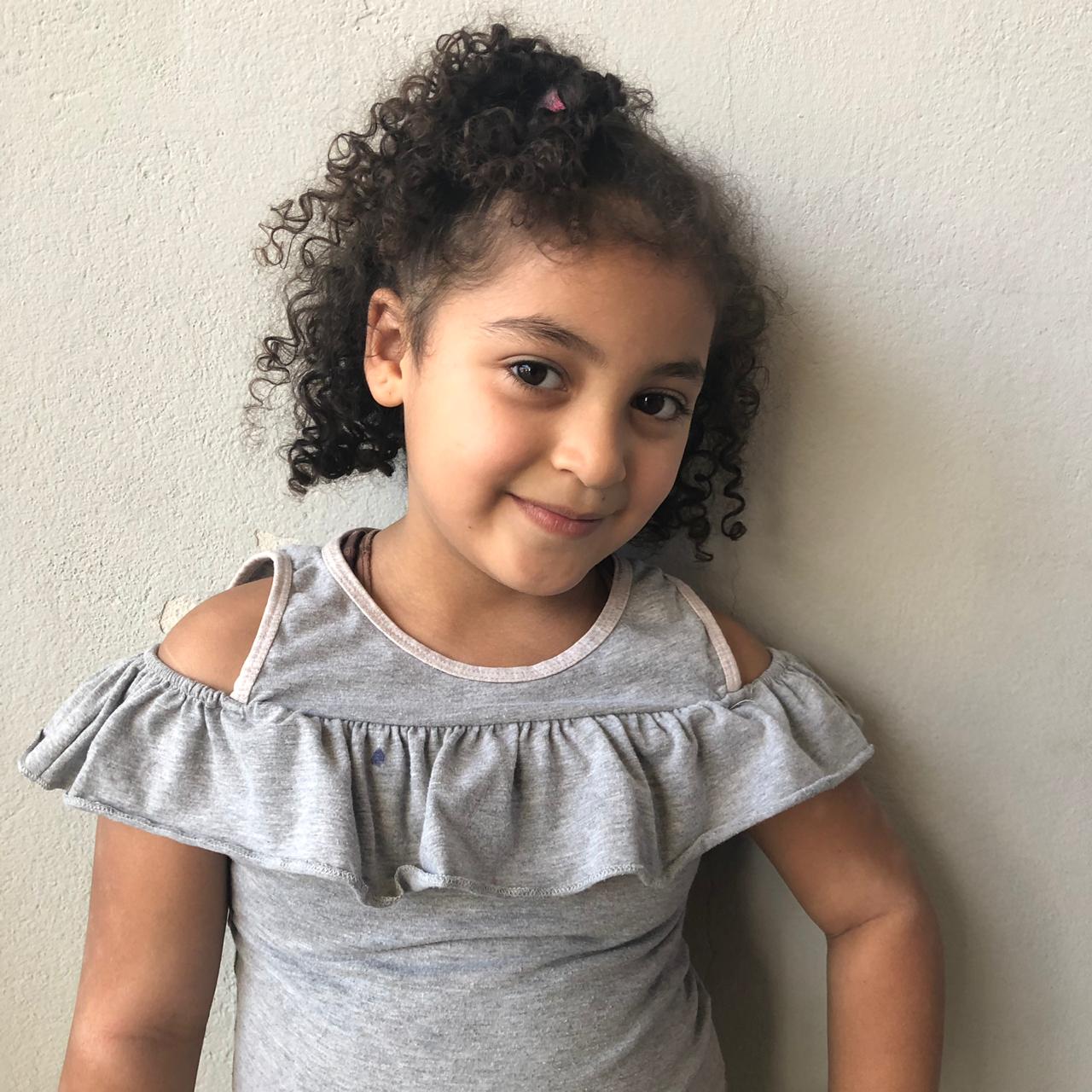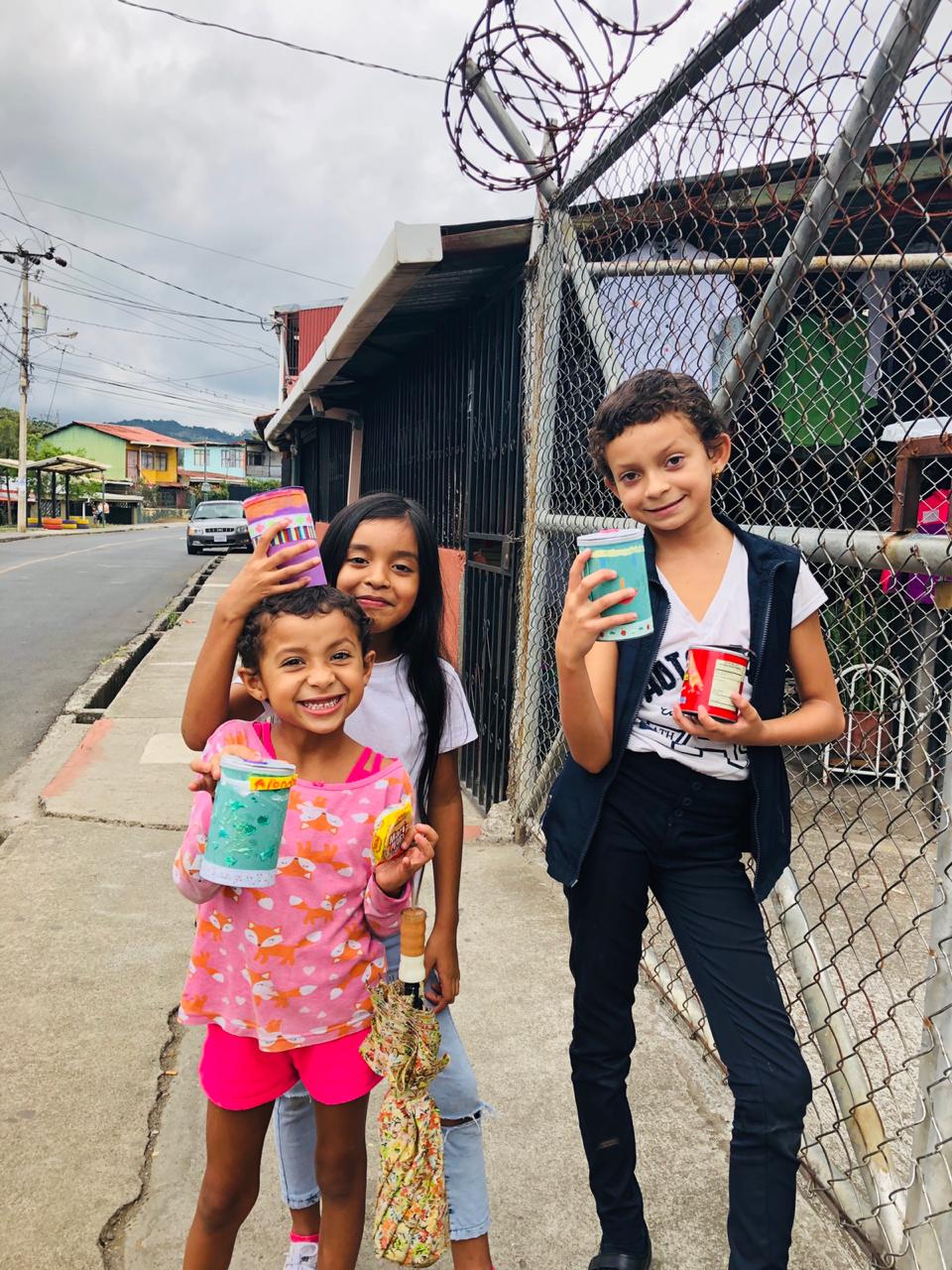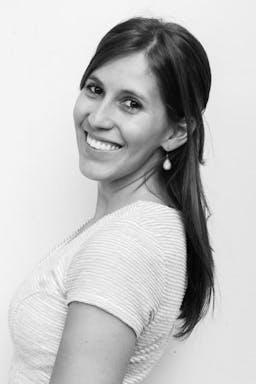Girls from Costa Rica Dream Big
Apr 28, 2022
First story



My name is Ana Laura Araya. When I was 12 years old, my family moved from San José, Costa Rica to Atlanta, GA. This is the place I called home for a long time. While living in Atlanta as an adult, I had the chance to work in fundraising for a girl-serving organization. It was there where my eyes were opened about the situation the girls face on a daily basis and all the tools that we as citizens could give girls to help them break cycles of violence and poverty. That and having watched Girl Rising, a documentary that came out in 2013, the year after the United Nations proclaimed a Day of the Girl. Having worked with girls in Atlanta and having watched (many many times) Girl Rising definitely changed my life. I began to understand the great consequences of gender inequality.
Six years ago I moved back to Costa Rica. I started reading about teen pregnancy rates. Not only here but in Latin America in general. I learned that we are the only region in the world where pregnancies in ages under 15 years are increasing. Child marriage as well. Child marriage doesn't necessarily mean a legal union, but an informal relationship where a young girl lives with an older man. Unlike some other Latin American countries, this is actually against the law in Costa Rica since 2017. I also traveled to Guatemala, where I met two 11-year-old girls who were only a month away from giving birth. Victims of sexual assault. I also knew about poverty and vulnerability here; neighborhoods where opportunities for growth and education are scarce. Many turn to drug trafficking and prostitution. People think that in Costa Rica we never see inequality or cycles of violence like in other parts of Latin America, but this is not true.
I spent years talking to people about starting a girl-serving organization. Inspired by the organization in Atlanta, I felt like I had a way to combat all of these social problems through empowering girls. Not one single person told me it wouldn't be worth it or that I shouldn't go for it. In fact, others joined me and eventually Soy Niña (I am a Girl) began. We are the only girl-serving organization in Costa Rica that works to tackle gender inequality starting at early ages. We currently have an after-school weekly program for 100 girls in at-risk neighborhoods in the Desamparados county. In this safe space, we teach the girls about their rights, we analyze how messages and the media portray women, we learn how to say no and that all of our qualities makes us unique. We have witnessed so many positive changes in the almost two years since we began. Girls who were bullied were able to overcome their harassment and defend themselves. Girls who were anxious and could not eat in public now share snacks with their classmates. Girls who came to us to tell us that they had been victims of some type of sexual assault. And with Soy Niña, this has stopped. We believe that it is better to build strong girls than to later repair broken women.
The girls stories are tough. A lot of circumstances go against them. Most of them do not count on a fatherly figure in their life and have witnessed some type of violence at home. Neglect is very common.
But thanks to our program these girls are discovering their courage and starting to dream big. Our program is long-term, meaning the girls that enter the program will be with us until their last day of high school. At least this is the plan.
I am so very proud of all that Soy Niña has accomplished and I look forward to impacting more and more girls across Costa Rica across the years. I firmly believe that investing girls is the best investment to combat poverty and inequality.




